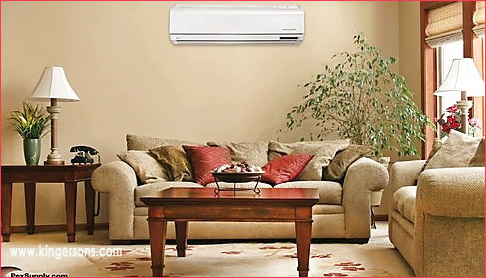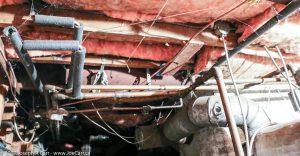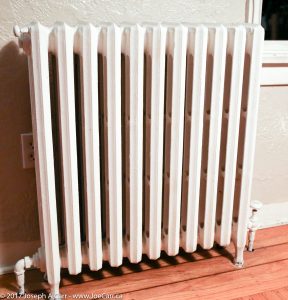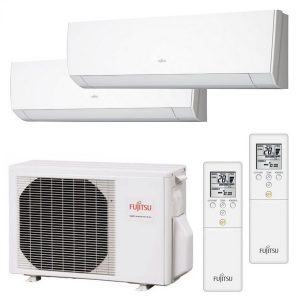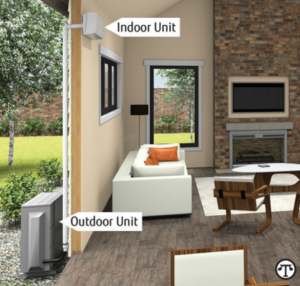There is a dirty secret hiding in the crawlspace under our house – an oil-fired furnace. I’m sure when our house was built in 1948, central heating was the latest-and-greatest, and the hot water heating system using radiators has been working just fine since then. Seventy years later after at least two major upgrades to this heating system, it is time to replace it.
Why replace it?
- The current oil-fired hot water heating system is a complicated system consisting of: hot water boiler, combustion chamber, oil burner, multiple temperature regulators, hot water circulation pump, two copper water lines to each radiator, hot water expansion tank, furnace oil tank, oil supply lines and filters, exhaust ducting to a chimney flue.
- The cost of furnace oil goes up and down with the market, but as was illustrated with our colder-than-normal winter this year, the annual cost of fuel can easily jump by $500 to $1,000 – an increase of 30% to 50%. Of course, we all know the long term cost trend of petroleum products is upward.
- Then there is the matter of storing furnace oil on the property. Any kind of leak into the soil and groundwater means the homeowner is responsible for what can be an exceedingly expensive clean-up. Insurance doesn’t cover this expense, which can easily run to $100,000!
- The current system only provides heat, no cooling. Although Victoria has a mild climate and is known for sea breezes, we have found that our location in the city gets uncomfortably hot during the summer months.
- The whole house can only be set to one temperature. Radiators can be manually shut off, but there is no automation.
- I have tree pollen allergies, so between February and June of each year when pollutants and pollen drift into the house through open windows, my allergies kick up. I have used standalone Hepa air filter units, but they have limited effectiveness with removing particulates from the air. During allergy season, we try our best to keep the windows closed as much as possible, and to keep the house (and ourselves) extra clean, but it is a loosing battle. Our neighbourhood abounds with pollen-producing trees of all kinds.
The options
Our house is built on top of a huge Vancouver Island rock, so pumping heat out of and into the rock can be a good option, however retrofitting a geothermal system is exceedingly expensive and disruptive. Replacing the furnace with a new, more efficient one using natural gas as a fuel is a popular option, but there are no gas lines down my street and I don’t want to substitute one carbon-based fuel for another. Installing electric baseboards is easy and inexpensive, but the running costs are expensive. Electric radiant heating in the floors would be a nice option if our floors needed replacing or we were doing a major renovation, but otherwise electric radiant heating can be both expensive to install and run. Additionally, none of these options would give us air filtering or cooling without expensive add-ons.
Through a process of elimination, we decided on an air-to-air heat pump…a solution I hadn’t considered until recently. I dismissed heat pumps as an option awhile ago by erroneously assuming that they weren’t a good option for upgrading heating systems in older homes. As it turns out, heat pumps are relatively inexpensive, the ductless versions are quick to install, and there are many companies in the city who do this work. We selected Accutemp to install Fujitsu Dual-split heat pumps.
Benefits of a ductless heat pump
- Air conditioning will be much appreciated on hot days!
- Temperature zones – the bedroom, main living areas and my office can be set to different temperatures, and heating/cooling can vary independently throughout the day. No more thermostat wars!
- Temperature changes in a room happen within minutes with a heat pump instead of hours with hot water radiators.
- Lower cost – paying for electricity for this heat pump system is projected to be at least half the cost of furnace oil.
- Eliminate environmental risk – no potential ground water and soil clean-up costs once the oil furnace and tank is removed.
- Reduce indoor pollutants – the indoor heat pump wall units come with two filtration systems built-in.
- Reduce carbon emissions – air pollution is reduced to extremely low levels by moving away from oil to hydro-generated electricity.
